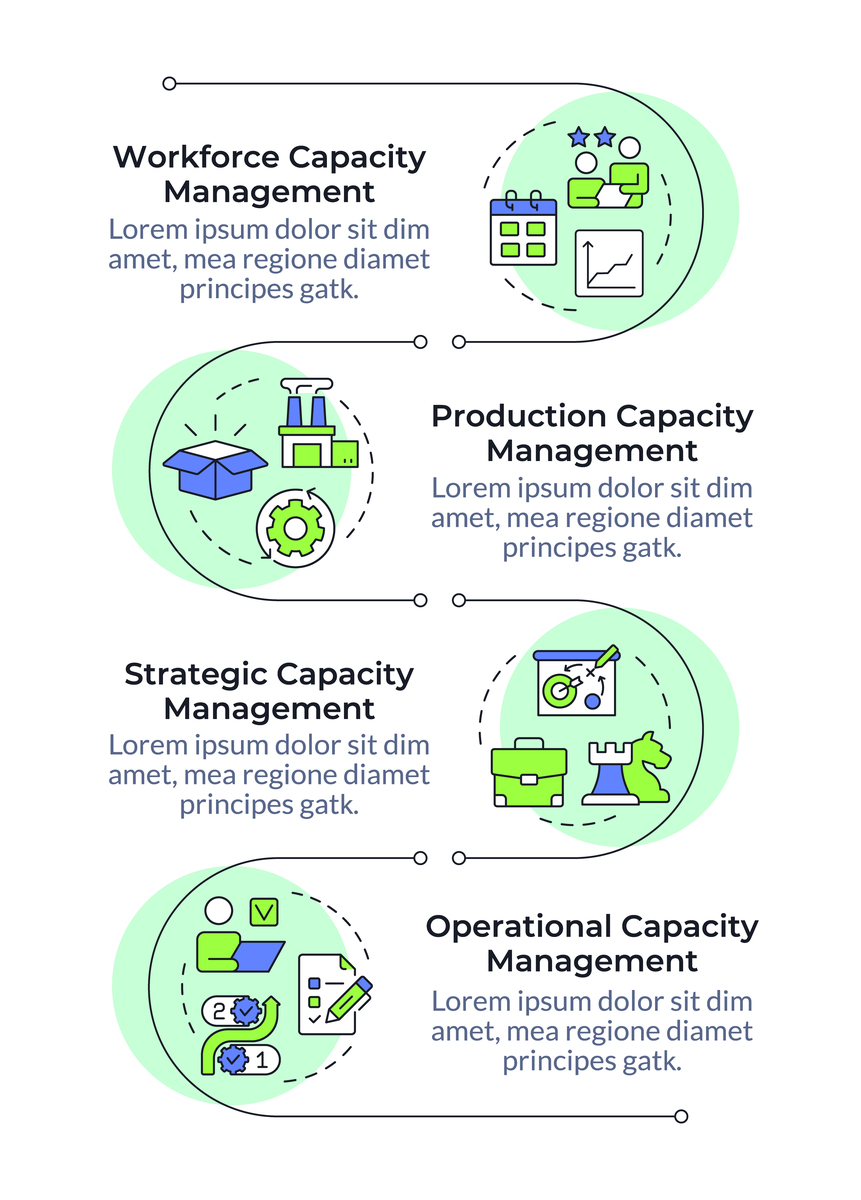Efficient Utilization of Wood-Based Biomass: Beyond Cellulose Conversion
Efficient Utilization of Wood-Based Biomass: Beyond Cellulose Conversion
The traditional approach to utilizing wood-based biomass relies heavily on a 'separation-then-conversion' strategy, primarily focusing on cellulose conversion. This method, however, suffers from several drawbacks, including low resource utilization efficiency, limited product diversity, and environmental pollution.
- Low Resource Utilization: Traditional methods often discard valuable components like hemicellulose and lignin, leading to inefficient use of the entire biomass.
- Limited Product Diversity: Focusing solely on cellulose restricts the range of potential products, limiting the economic and industrial benefits of biomass utilization.
- Environmental Concerns: The separation and conversion processes can generate significant waste and emissions, contributing to environmental pollution.
To address these challenges, researchers are actively exploring innovative strategies to fully utilize all components of wood-based biomass. These strategies involve developing integrated biorefinery approaches that enable the conversion of hemicellulose and lignin into valuable products. This shift towards a more comprehensive utilization paradigm offers significant potential for enhancing resource efficiency, diversifying product portfolios, and promoting sustainable practices in biomass utilization.

原文地址: https://www.cveoy.top/t/topic/lkji 著作权归作者所有。请勿转载和采集!